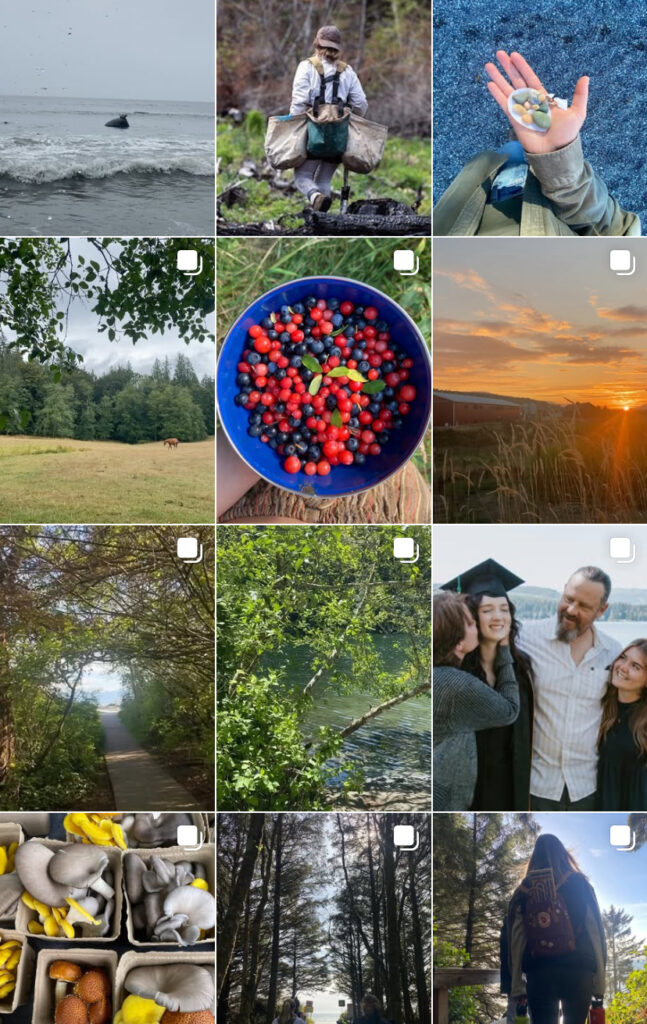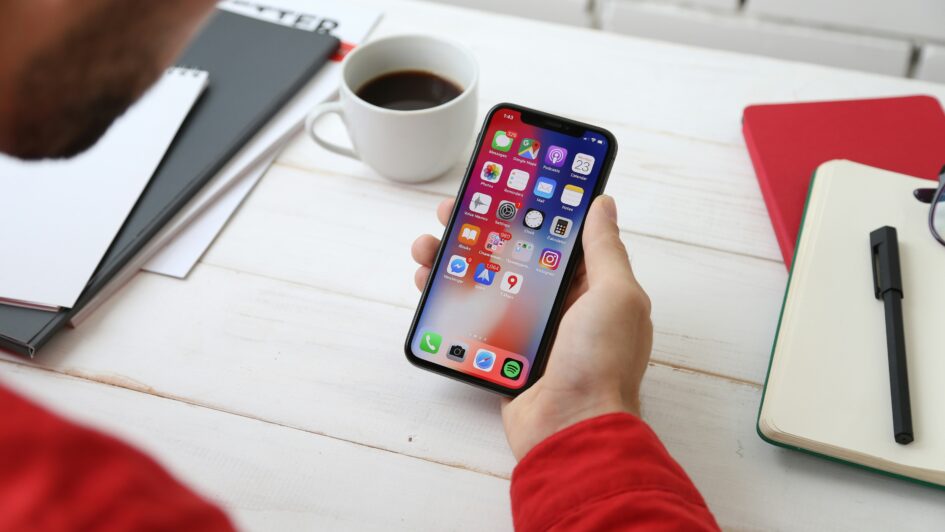Photo by Yura Fresh on Unsplash
The Intersection of My Personal and Professional Digital Identity

Being early in my career, I feel that I haven’t built up much of a professional digital identity. However, after reviewing content over the past two weeks, I now understand my digital identity makes up more than I had initially thought. In a TedTalk titled ‘Digital Identity: Are you in control?,’ Eliot Wood states that through online platforms, companies know you better than you know yourself (2022). To my knowledge, my professional digital identity includes my district staff identity, where I am conscious of what I access and send on district wifi networks, and where I communicate professionally through email. I also have my Teaching ePortfolio, where I share some of my personal and teacher identity, and a collection of lessons and units I have created. To maintain a small divide between my personal and professional identity, my students have always referred to me by my middle name. There are a few reasons for this, but I mainly want to maintain a sense of digital privacy between me and my students. As I mentioned, I have learned that my personal digital identity is made up of a range of things, not just social media platforms. It also impacts my professional identity and they are unintentionally intertwined (Jawed et al, 2019). Up to this point, I have controlled my personal digital identity by making sure my accounts are private, maintaining professionalism when I post online, and always reviewing content shared with my name attached. When in public, I maintain my professional identity as well, because anything you do in public can become part of your digital identity. After the resources shared the past two weeks, especially the two TedTalks by Eliot Wood (2022) and Lory Kehoe (2019), I have noticed I am more intentional with how I navigate online spaces, how I share my data, and what my data is being used for.
Challenges of These Two Identities Intersecting
The biggest challenge I face concerns politics. With everything going on in the world right now, I think it’s important to have this information at your fingertips. Because human and environmental rights are important to me, I oftentimes feel compelled to share information about injustices occurring around the world. However, a study by Deborah R.E. Cotton (2007) revealed that many educators believe they should adopt a neutral approach when teaching controversial issues, reflecting a lot of academic literature. When deciding what to post or share, I take Nicola Osbornes (2016) advice and ask myself what does this say about me? Would a school district or parent be proud I shared this? Obviously, the answer is differs depending on who it is that could potentially see the post. However, I always maintain professionalism and appropriateness, and only share content curated for educational purposes.
References
- Cotton, D.R.E. (2007, February 17). Teaching controversial environmental issues: neutrality and balance in the reality of the classroom. Taylor & Francis: Online. https://www.tandfonline.com/doi/abs/10.1080/00131880600732306
- Fresh, Y. (2018, July 31). Working on iPhone X, planning my day. [Photo]. Unsplash. https://unsplash.com/photos/person-holding-space-gray-iphone-x-n31x0hhnzOs
- Jawed, S., Mahboob, U., Yasmeen, R. (2019, April). Digital Professional Identity: Dear Internet! Who am I? Wolters Kluwer. https://journals.lww.com/edhe/fulltext/2019/32010/digital_professional_identity__dear_internet__who.6.aspx
- Kehoe, L. (2019, December 10). Identity in a Digital Age. [Video]. Tedx Talks. https://www.youtube.com/watch?v=0YTrC6T0roI
- Osborne, N. (2016, December 2). What Do Your Digital Footprints Say About You? [Video]. Tedx Talks. https://www.youtube.com/watch?v=RVX8ZSAR4OY
- Wood, E. (2022, October 24). Digital Identity: Are you in control? [Video]. Tedx Talks. https://www.youtube.com/watch?v=puATJCM43Iw&t=1s

Leave a Reply
You must be logged in to post a comment.